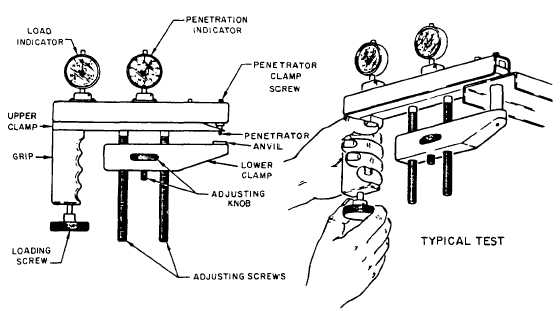Figure 1-28.—Riehle portable hardness tester.
numbers in the outer circle are black, and the inner
numbers are red.
The Rockwell tester is equipped with a weight pan,
and two weights are supplied with the machine. One
weight is marked in red. The other weight is marked in
black. With no weight in the weight pan, the machine
applies a major load of 60 kilograms. If the scale setup
calls for a 100-kilogram load, the red weight is placed
in the pan. For a 150-kilogram load, the black weight is
added to the red weight. The black weight is always used
in conjunction with the red weight; it is never used alone.
Practically all testing is done with either the B-scale
setup or the C-scale setup. For these scales, the colors
may be used as a guide in selecting the weight (or
weights) and in reading the dial. For the B-scale test, use
the red weight and read the red numbers. For a C-scale
test, add the black weight to the red weight and read the
black numbers.
In setting up the Rockwell machine, use the
diamond penetrator for testing materials that are known
to be hard. If in doubt, try the diamond, since the steel
ball may be deformed if used for testing hard materials.
If the metal tests below C-22, then change to the steel
ball.
Use the steel ball for all soft materials-those testing
less than B-100. Should an overlap occur at the top of
the B scale and the bottom of the C scale, use the C-scale
setup.
Before the major load is applied, the test specimen
must be securely locked in place to prevent slipping and
to properly seat the anvil and penetrator. To do this, a
load of 10 kilograms is applied before the lever is
tripped. This preliminary load is called the "minor load."
The minor load is 10 kilograms regardless of the scale
setup. When the machine is set up properly, it auto-
matically applies the 10-kilogram load.
The metal to be tested in the Rockwell tester must
be ground smooth on two opposite sides and be free of
scratches and foreign matter. The surface should be
perpendicular to the axis of penetration, and the two
opposite ground surfaces should be parallel. If the
specimen is tapered, the amount of error will depend on
the taper. A curved surface will also cause a slight error
in the hardness test. The amount of error depends on the
curvature–the smaller the radius of curvature, the
greater the error. To eliminate such error, a small flat
should be ground on the curved surface if possible.
RIEHLE TESTER
The Riehle hardness tester is a portable unit that is
designed for making Rockwell tests comparable to the
bench-type machine. The instrument is quite universal
in its application, being readily adjustable to a wide
range of sizes and shapes that would be difficult, or
impossible, to test on a bench-type tester.
Figure 1-28 shows the tester and its proper use. It
may be noted that the adjusting screws and the
penetration indicator are set back some distance from
1-38



